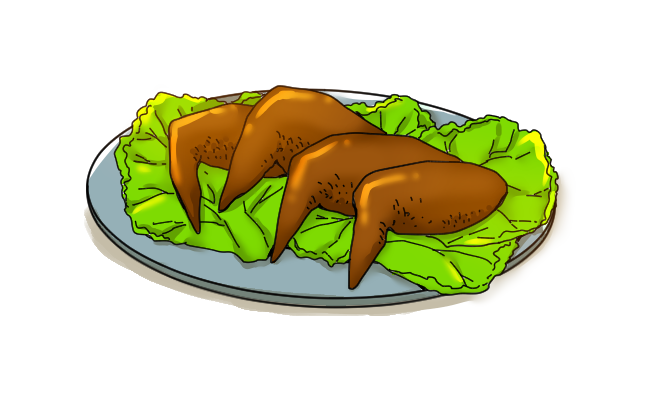12 Japanese Street Foods You Need To Try
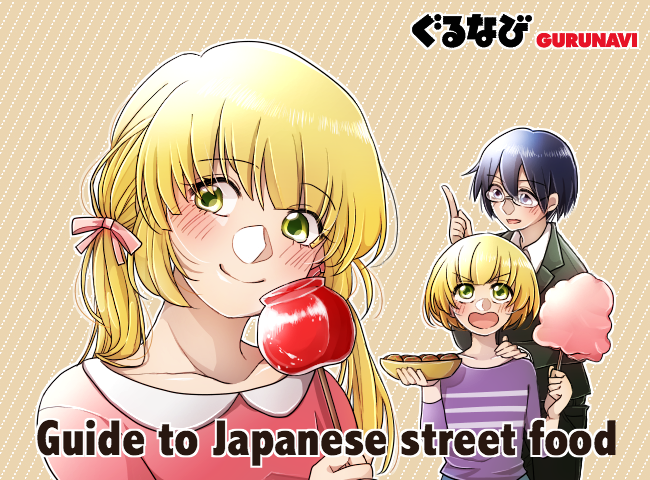

Japan is a sensory wonderland, and its street food scene is no exception. Yatai are small food stalls that can be found along Japanese streets and at festivals, and are a great way to start your foodie adventure in Japan. These vendors offer an accessible and tasty selection of on-the-go dishes that are cheap, high-quality and delicious. The only downside can be knowing when to stop!

The selection of food sold at yatai can vary between between seasons - yakiimo in winter and kakigori in summer - as well as between regions of Japan. Here’s a selection of 12 of the most common and tastiest street foods to sample whilst in Japan.
Essential Street Eats at Japanese Yatai (Food Stalls)
Takoyaki
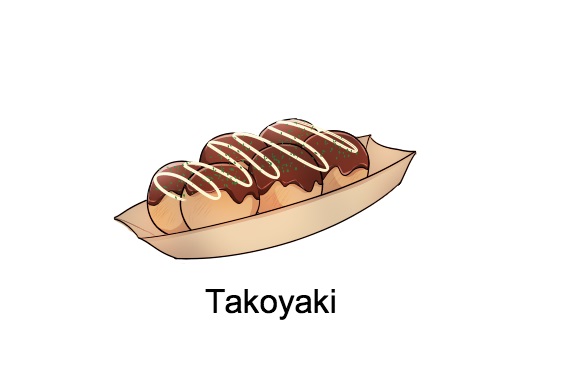
Takoyaki are golden balls of fried batter filled with little pieces of octopus, tenkasu (tempura scraps), benishoga (pickled ginger) and spring onion. Originally from Osaka, the dough balls are fried in special cast-iron pans, and you can watch on as takoyaki vendors skillfully flip the balls at a rapid pace using chopsticks. The cooked takoyaki are eaten piping hot, slightly crisp on the outside, gooey on the inside, and slathered in Japanese mayonnaise, a savory brown sauce similar to Worcestershire, aonori (dried seaweed) and katsuobushi (dried bonito fish flakes). Takoyaki are incredibly tasty and addictive - just be careful not burn your tongue!
Yakisoba
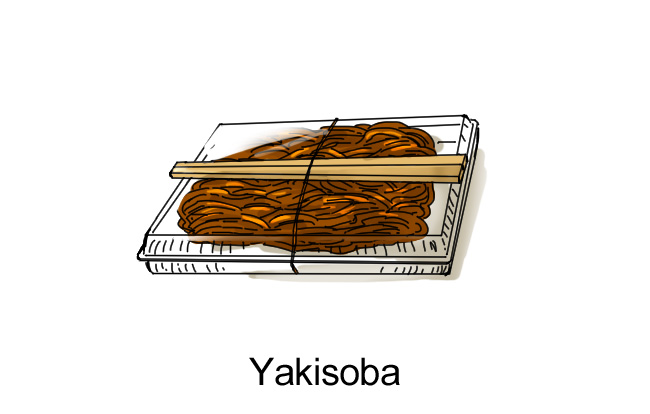
No Japanese festival would be complete without the familiar sizzling of yakisoba. Wheat noodles, pork, cabbage and onions are fried on a griddle, then topped with benishoga, katsuobushi, aonori, a squeeze of Worcestershire sauce, Japanese mayonnaise, and occasionally, a fried egg. The deeply savory flavors of this dish give it wide appeal.
Yakitori
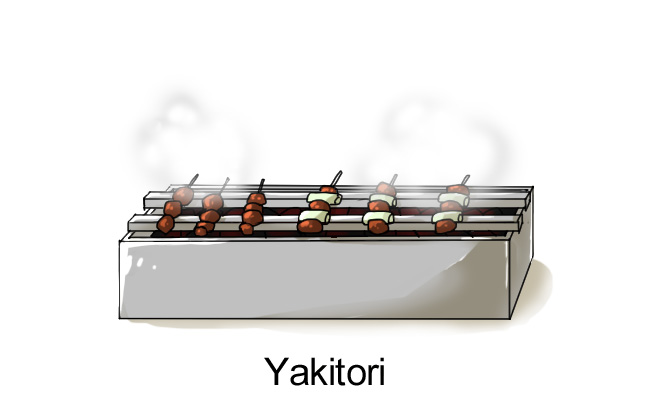
A classic finger food, yakitori are chicken skewers grilled over charcoal. Yakitori is ubiquitous across Japan, and features all parts of the chicken, such as chicken tail meat, neck and liver, each with their own unique flavor. Seasonings include wasabi, umeboshi (sour pickled plum paste), karashi (mustard), tare (soy grilling sauce) and salt. There are also variations such as negima yakitori - pieces of juicy chicken thigh and green onion, and tsukune, chicken mince mixed with other flavorings. Although chicken is the most common variety of skewered meat, pork and beef may also be available.
Imagawayaki

Imagawayaki is a sweet street food treat is a made from a batter of eggs, flour, sugar and water that is ‘baked’ in disk-shaped molds. The end product is a golden, bite-sized sponge filled with either red bean paste, chocolate or custard. Named after an Edo-era bridge in Tokyo where they were first sold, imagawayaki is known as taiko-manju in the Kansai region.
Ikayaki
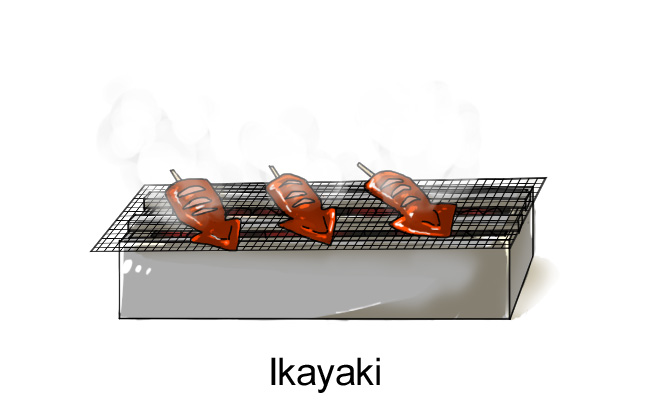
Whole grilled squid on a stick may not sound like the most glamorous or appealing snack to some, but Japanese street food chefs have mastered bringing out the best in a simple concept. Fresh, tender squid is grilled over charcoal, given a generous coating of soy sauce and served with a slice of lemon or lime, creating a meaty and flavorful meal-on-the-go in just moments.
Yakiimo
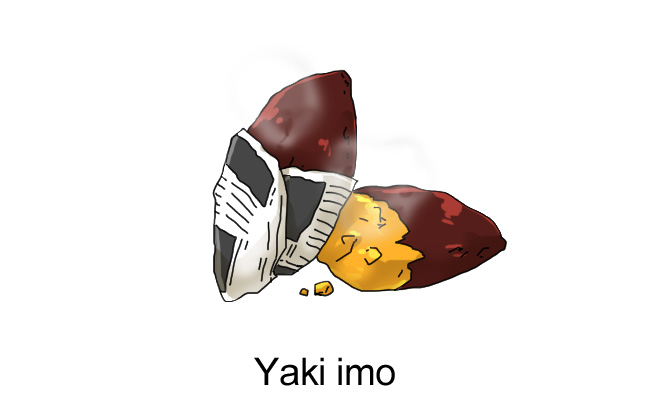
For a taste of old-world Japan, try yakiimo. Satsuma-imo (a type of Japanese sweet potato) are baked over a wood fire and served in brown paper packets. Bite through the pleasantly chewy skin of yakiimo to the soft, fluffy flesh, which has a caramel-like flavor. Though more of a warming autumn or winter snack, yakiimo can also sometimes be found in other seasons. To locate a yakiimo vendor, follow the sweet aroma of potatoes wafting down the street, or keep your ears pricked for the signature song played vendors to lure in passers-by.
Yaki Tomorokoshi
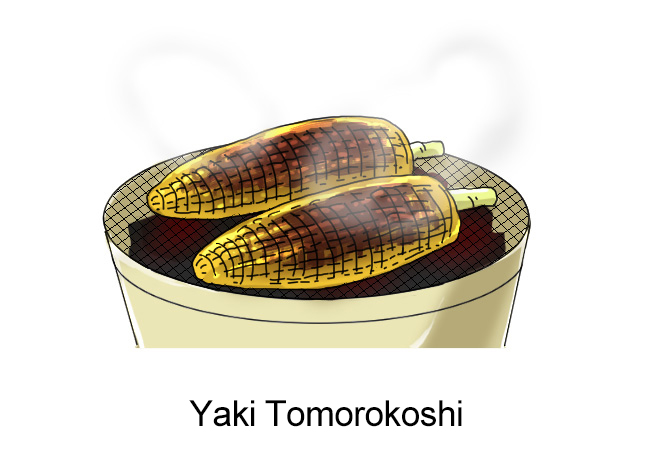
Yaki tomorokoshi are chargrilled whole cobs of corn brushed with a glaze of soy sauce, mirin and butter, which give the corn a sweet, savory and creamy depth. Corn is at its peak during summer, and during this season yaki tomorokoshi can be found commonly at yatai in Japanese streets and at festivals. Grilled corn can offer a lighter, healthier street food option from the other fried and sugary snacks.
Crepes

Originally a French dessert, crepes have been wholeheartedly adopted by Japanese cuisine, and adapted to Japanese tastes. Crepes have also become a popular street food snack in Japan, made famous by Tokyo’s buzzy Harajuku neighborhood. Crepes are made from a batter that is cooked on a griddle then filled with sweet ingredients like whipped cream, chocolate and fruit, folded into a cone shape and wrapped in a paper case for ease of eating on the go.
Wataame
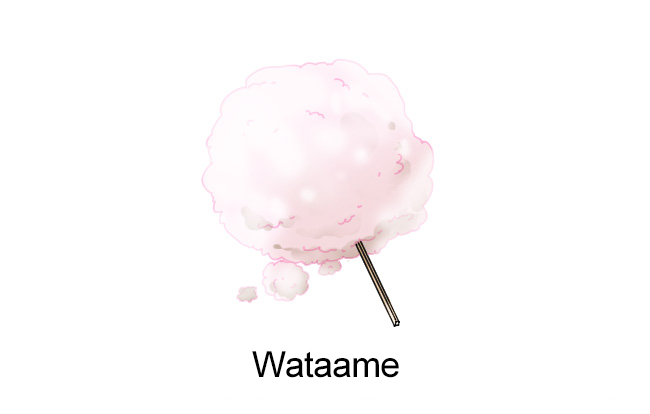
Like sweet, edible fluffy clouds, wataame (also called watagashi), is Japanese cotton candy. Wataame can be found at street food stalls and festivals all over Japan, where you can watch the cotton candy being spun around a stick, or buy ready-made cotton candy in packets that are often decorated with manga characters. This novel treat is popular with children.
Candied Fruit

A street classic everywhere, candied fruit can be found across Japan and in many variations. From anzu ame (candied apricot) to ringo ame (candied apples), you won’t miss these fruits drenched in syrup. Try ichigo ame (candied strawberries) at the height of strawberry season for a true Japanese treat or the rarer mikan ame - a mandarin native to Japan.
Choco Banana

This playful dessert-style street food leaves no surprises with its name - a banana coated in chocolate! The chocolate may be milk, dark or white, and is often dunked in colorful sprinkles.
Kakigori

There’s no shortage creative iced concoctions in Japan, and the popular street food kakigori is a perfect example of this - shaved ice in flavors such as matcha green tea and lemon, topped with anything from sweet red beans to mochi (sweet rice cakes), jelly and whipped cream. Kakigori eaten in a yukata under a sky of fireworks at a matsuri (festival) is a classic image of summer in Japan.
Eat Street Food in Japan for a Quick, Cheap & Tasty Crash-Course in Japanese Cuisine & Culture
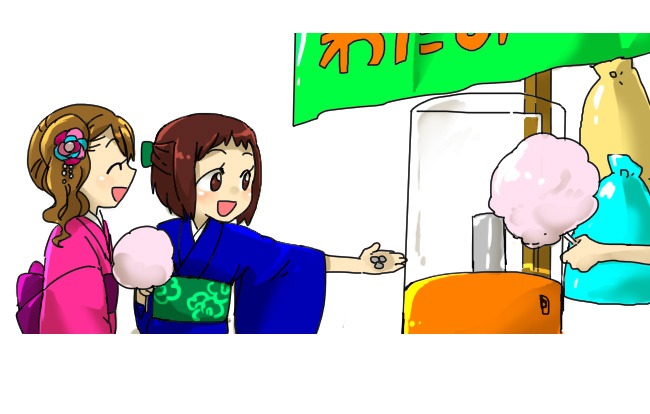
So there you have it - diverse, delicious and affordable, Japanese street food is a great introduction to the cuisine of a country famed for its food. Grab a bite here and there, and a drink to go, and you’ll be feeling like a local in no time.







